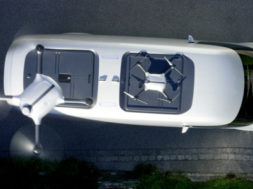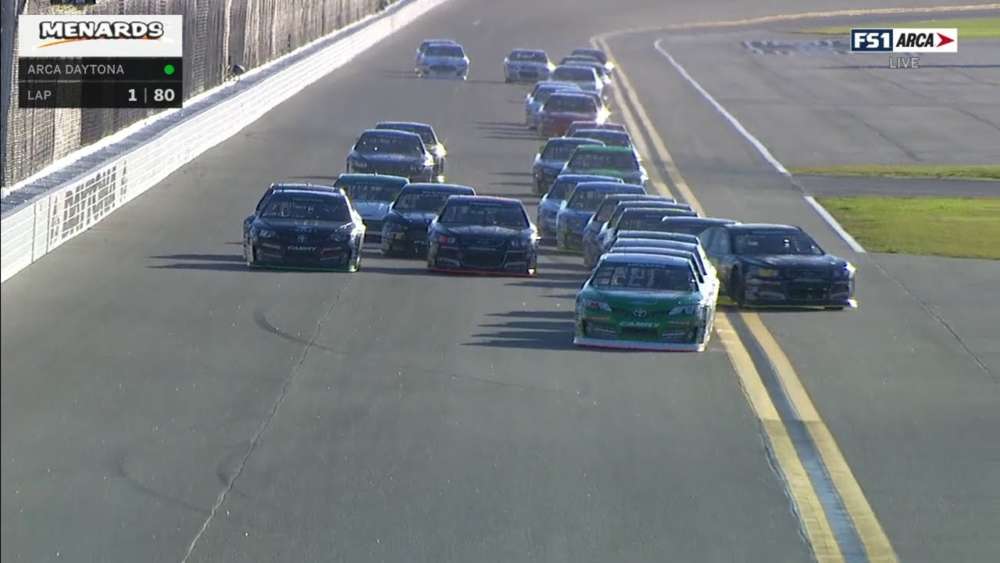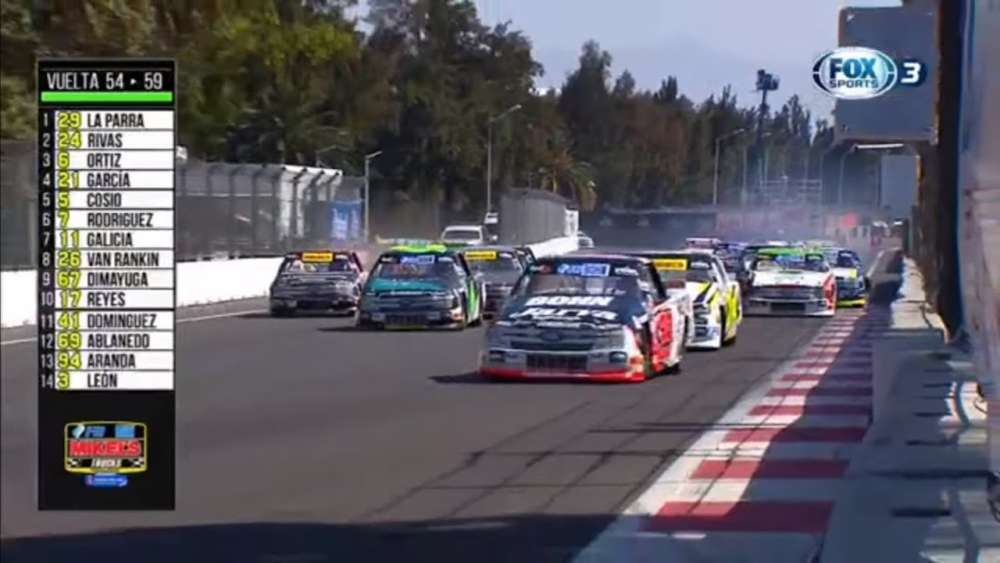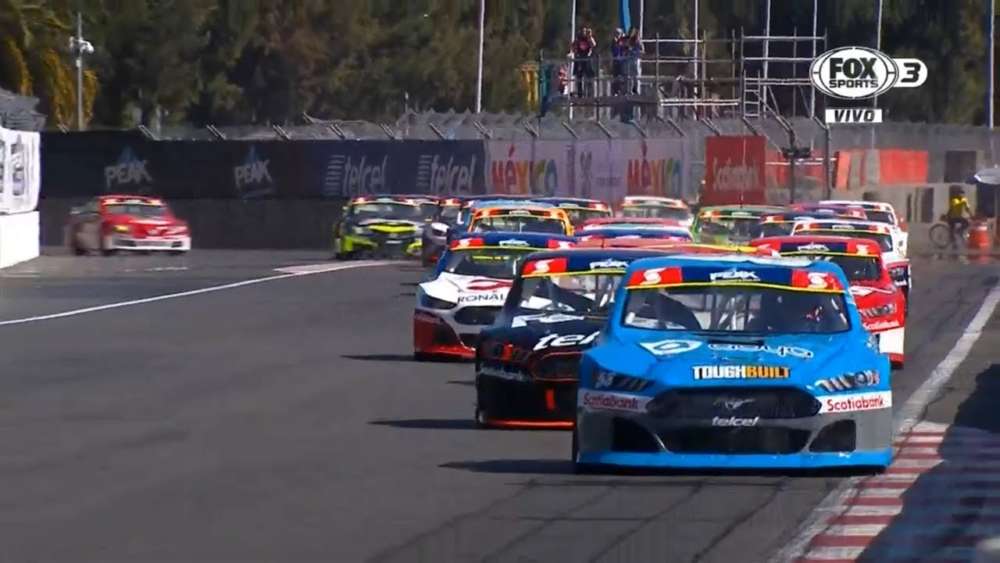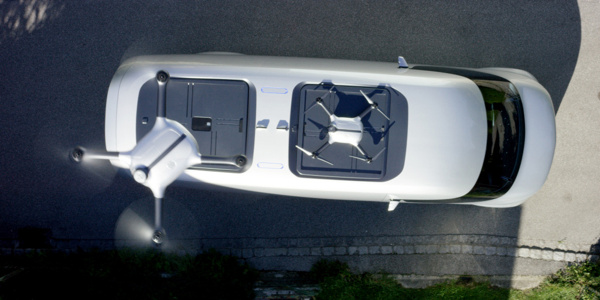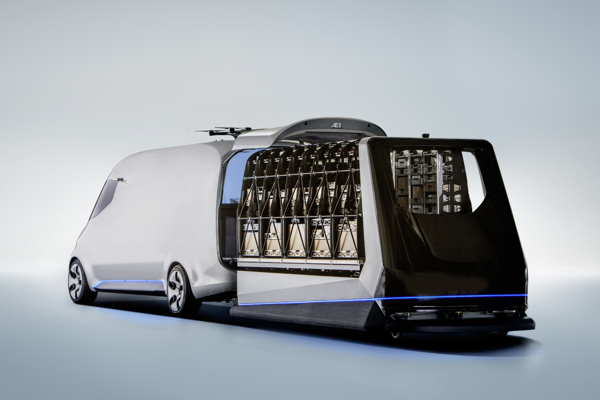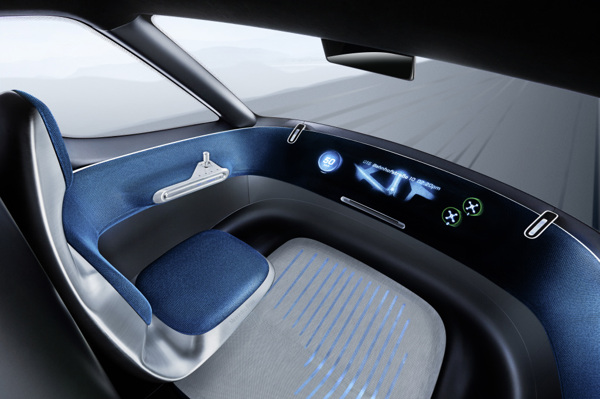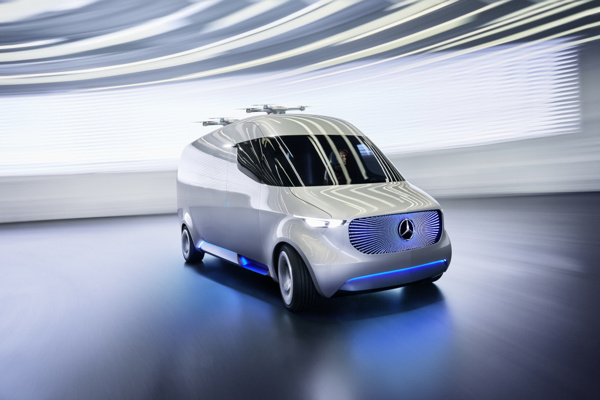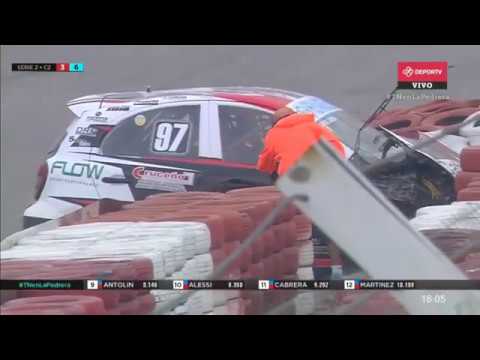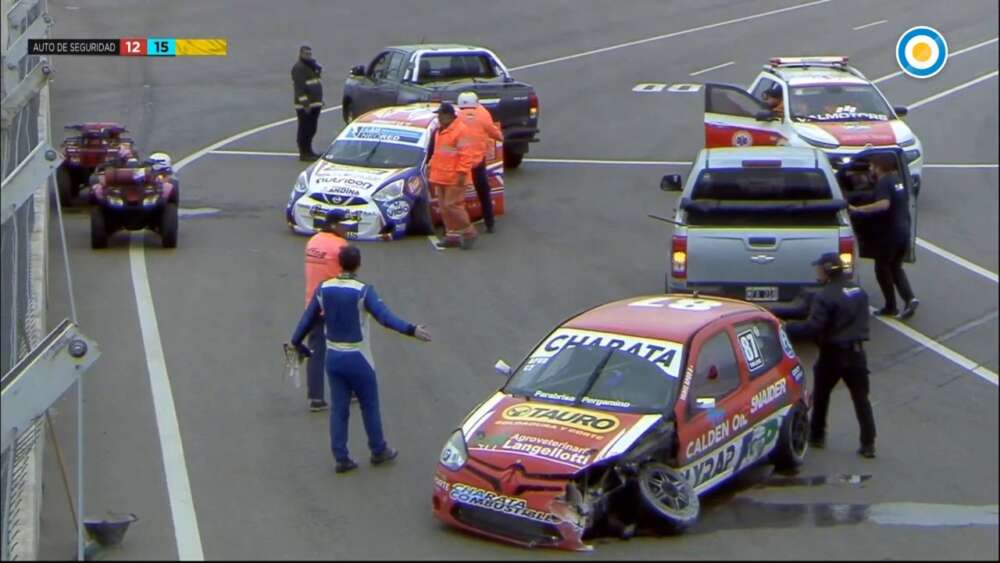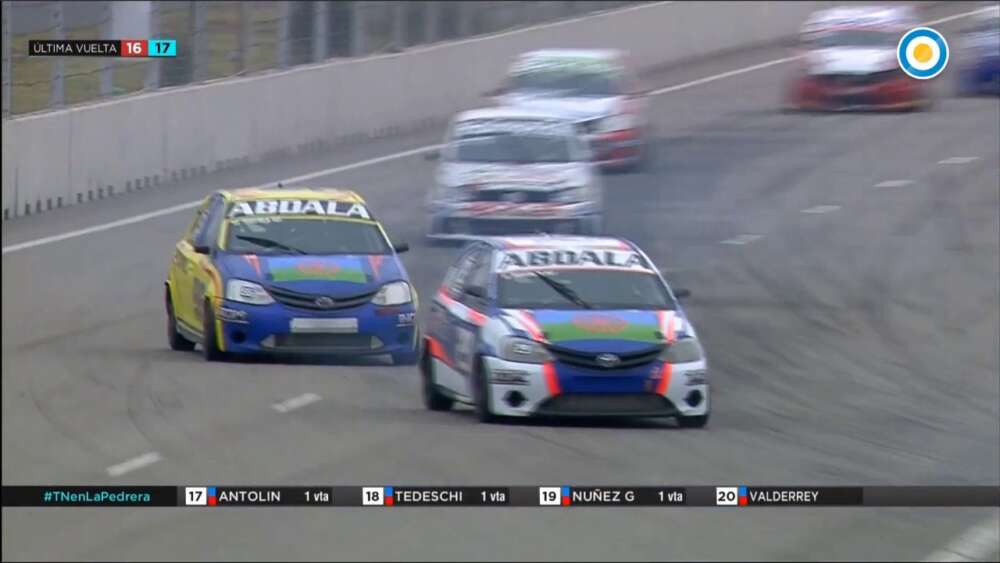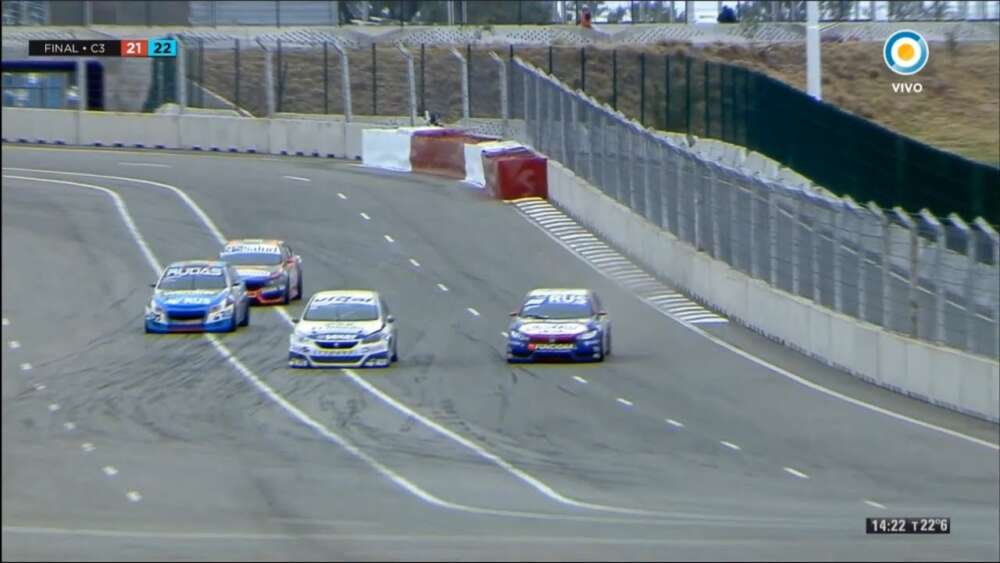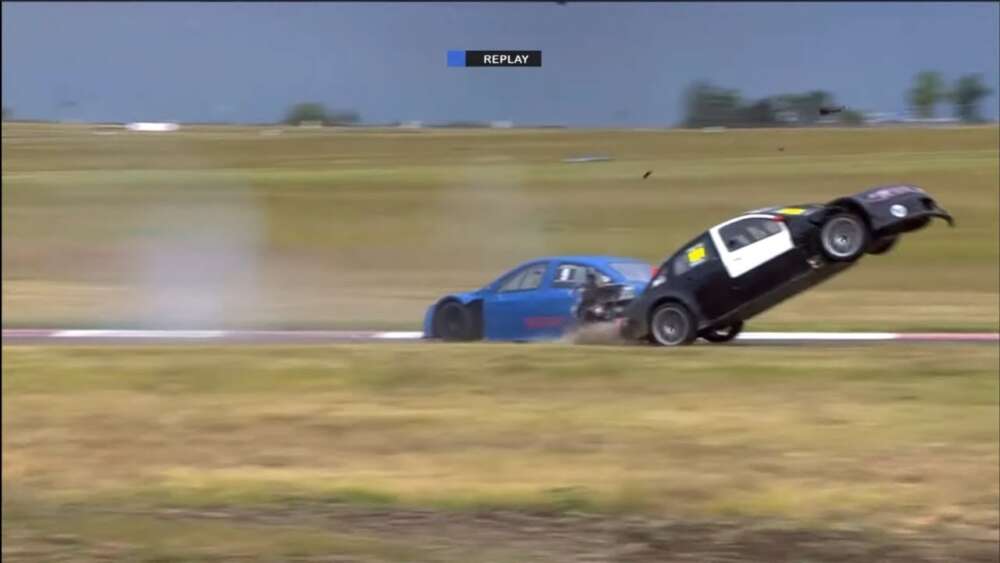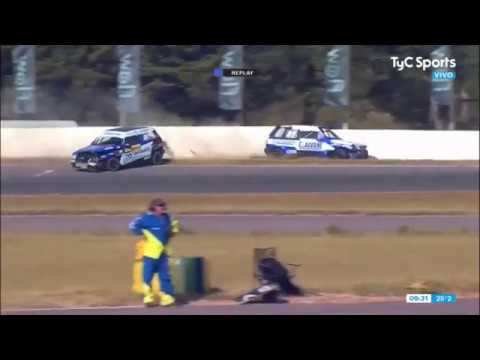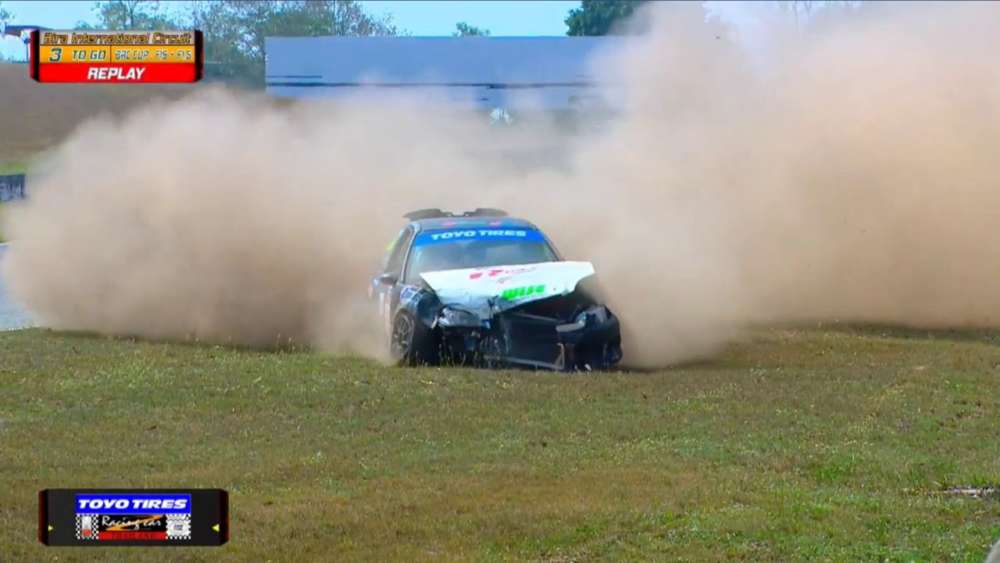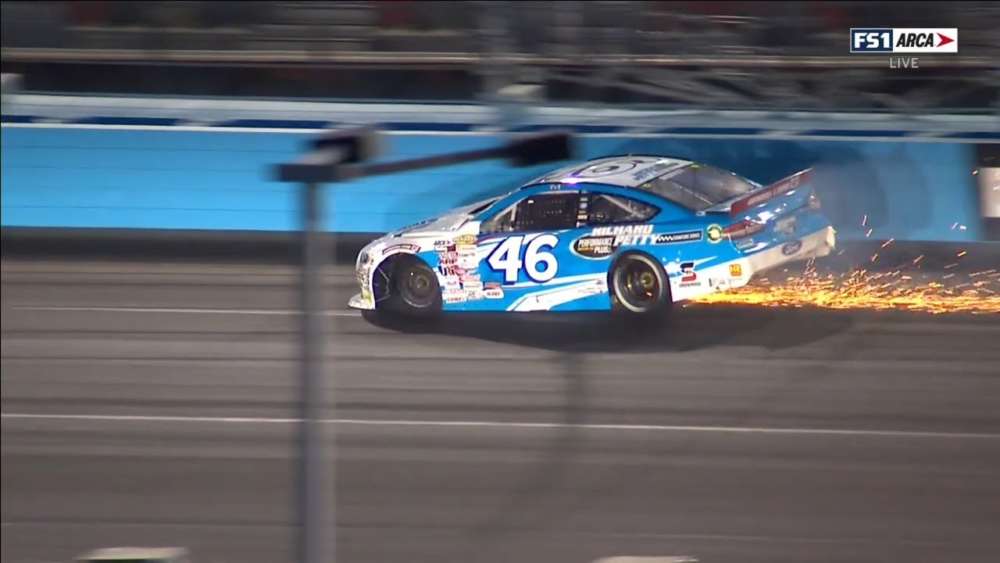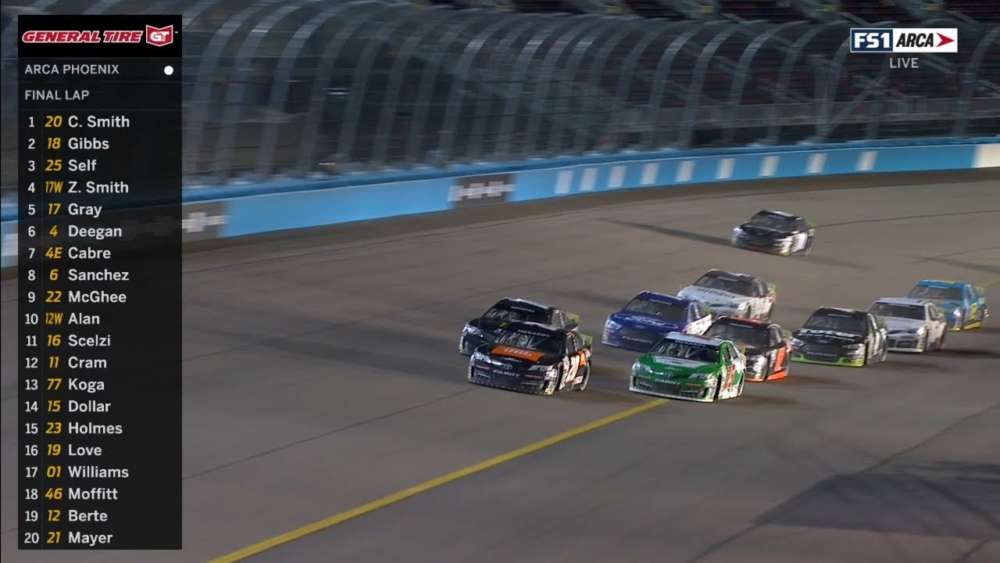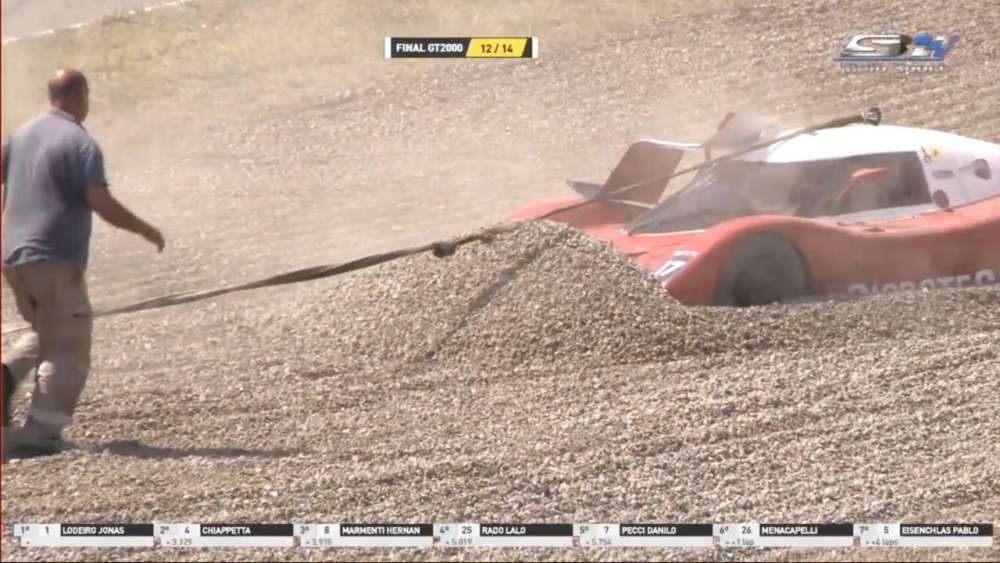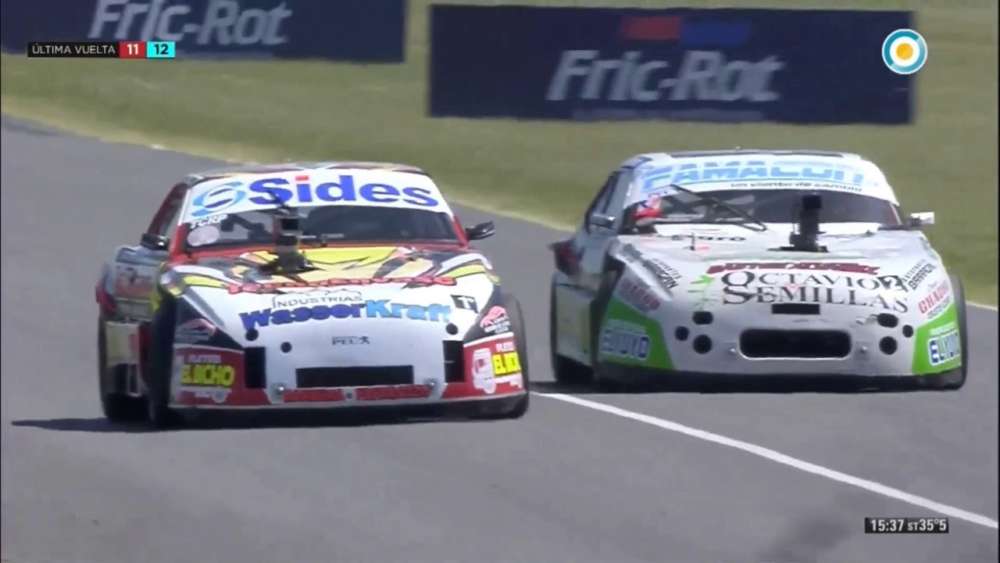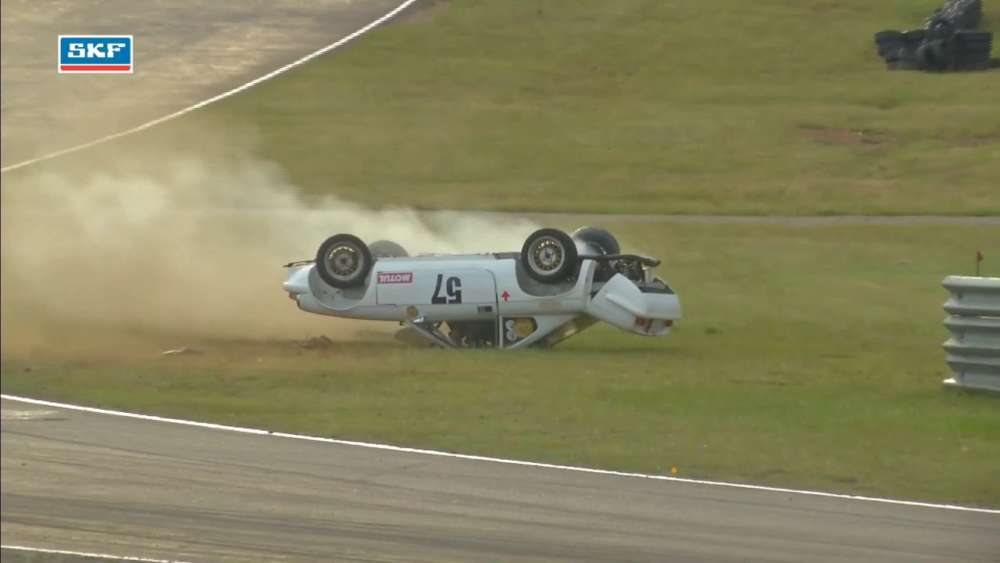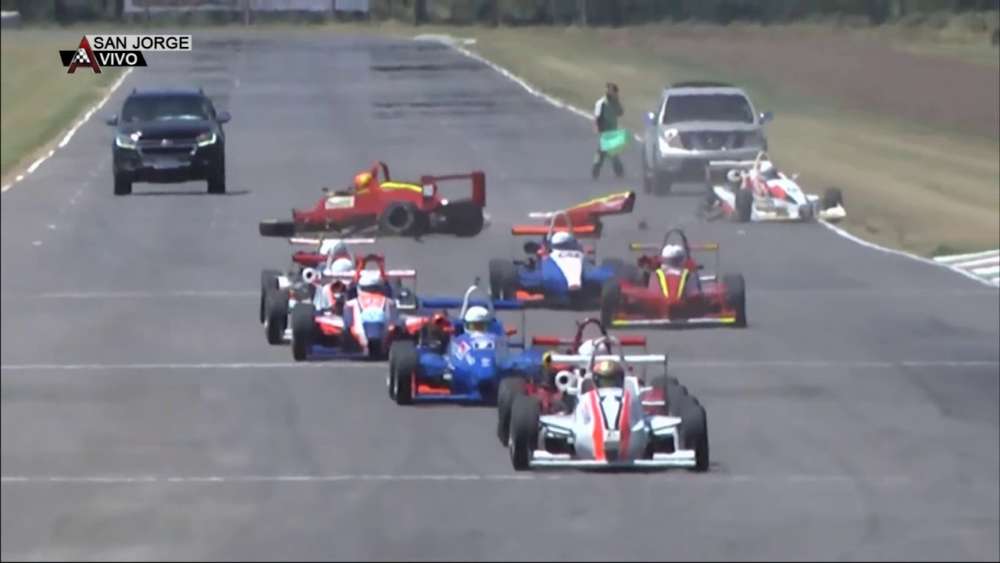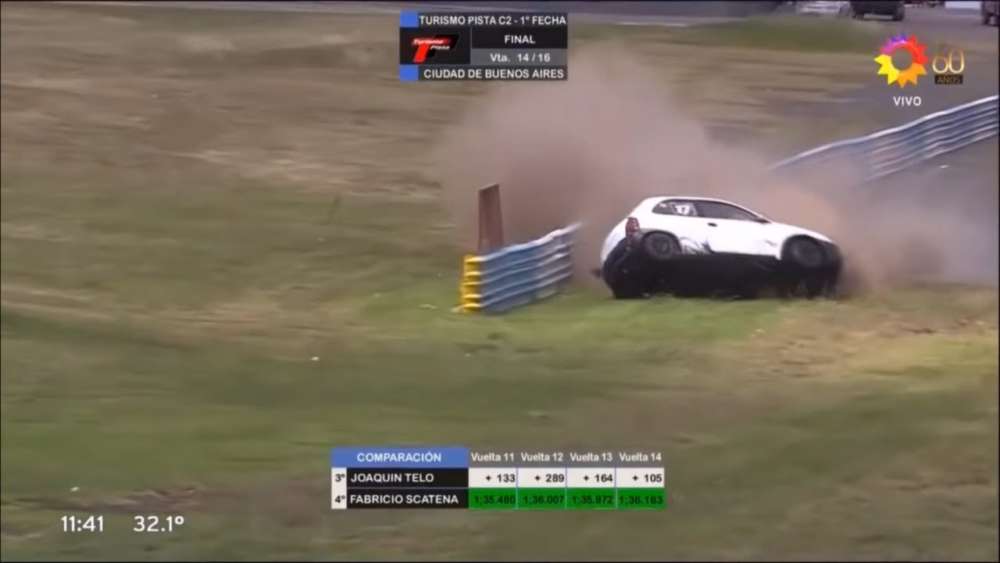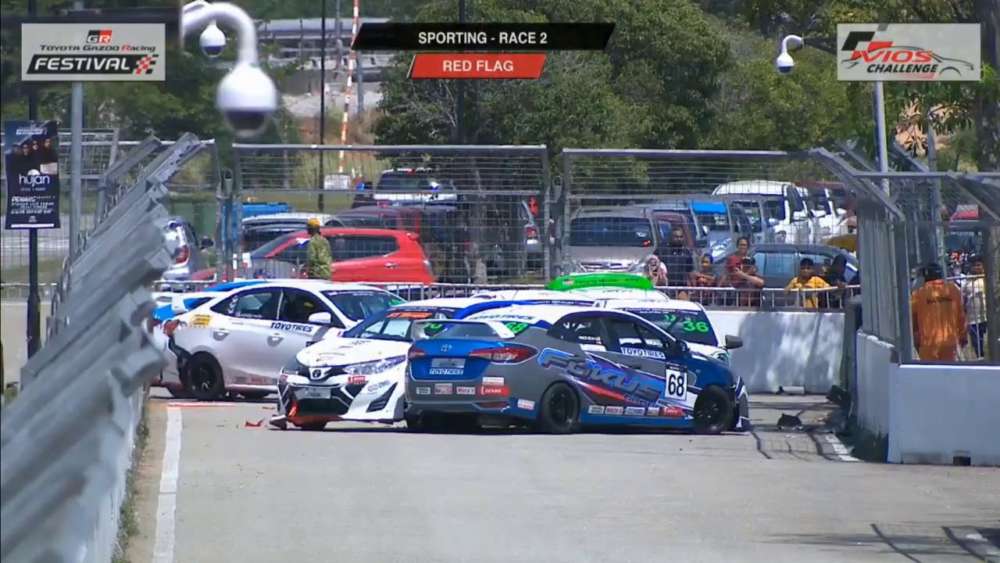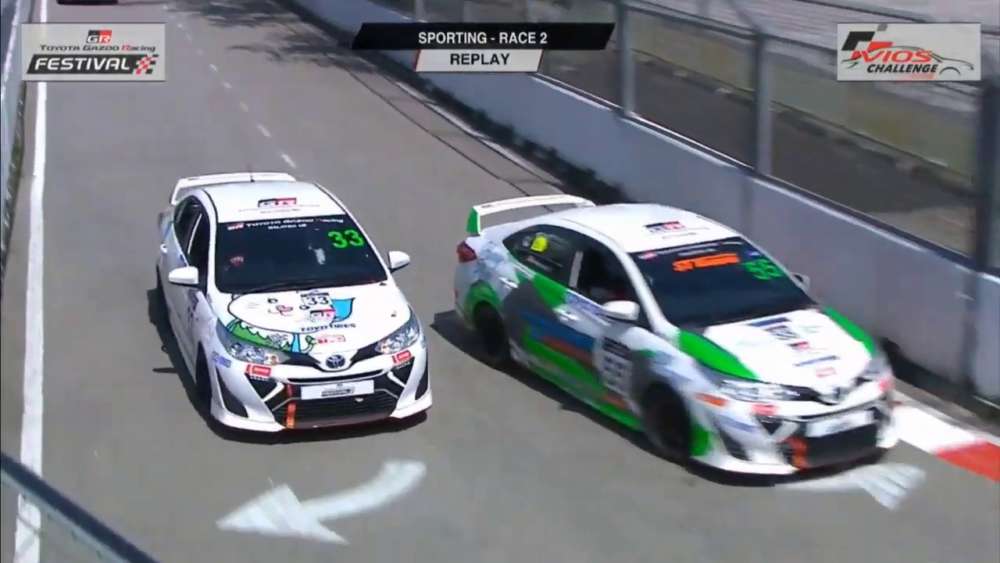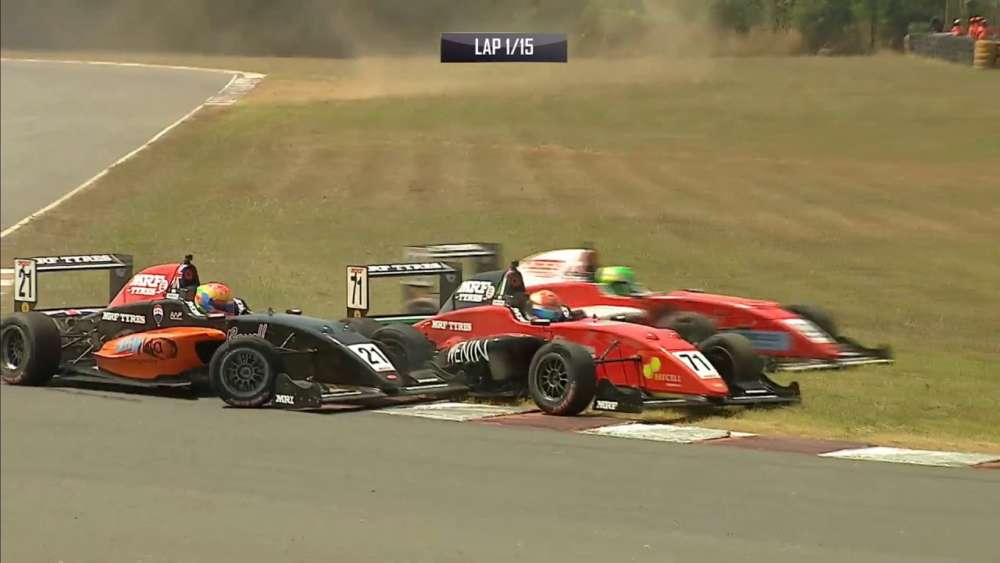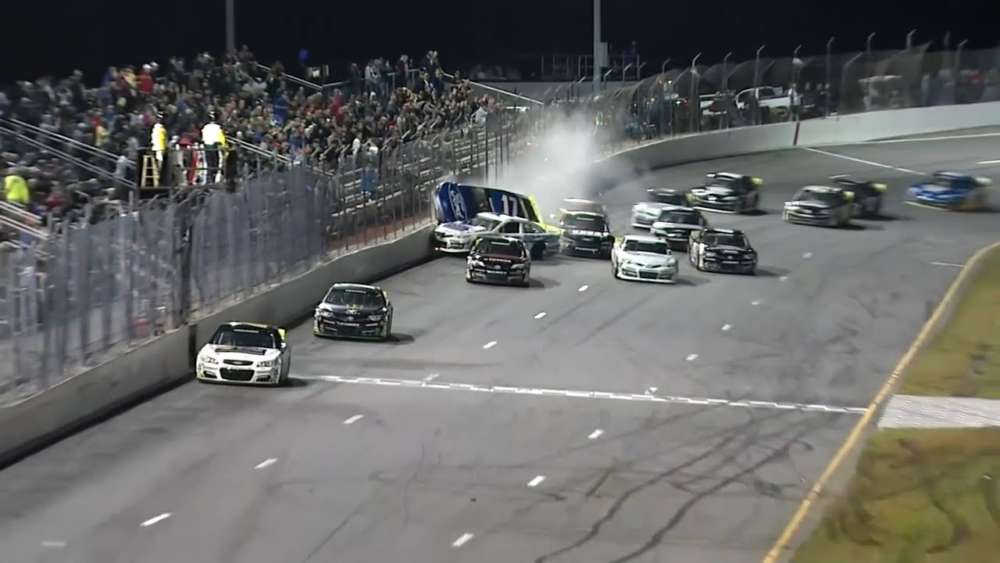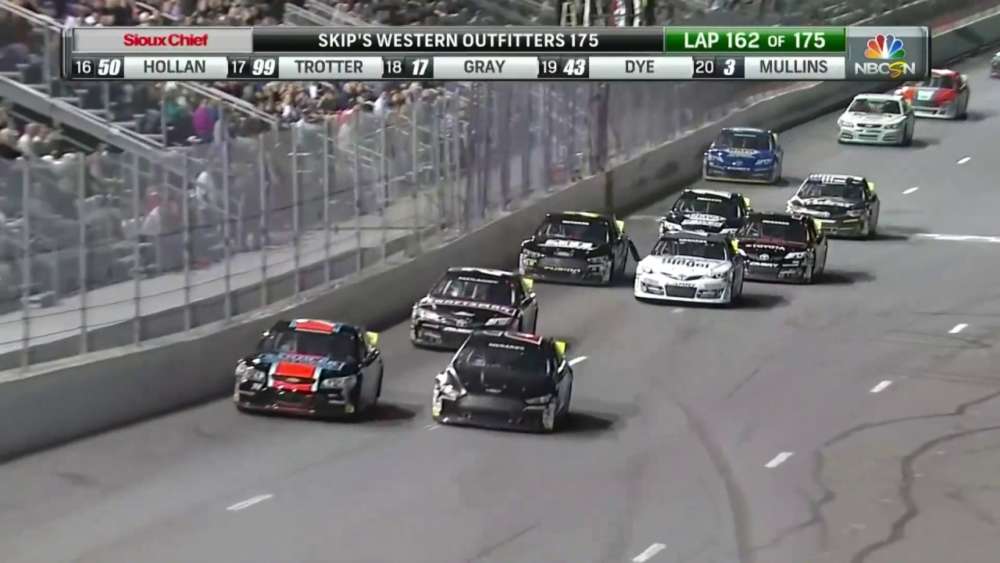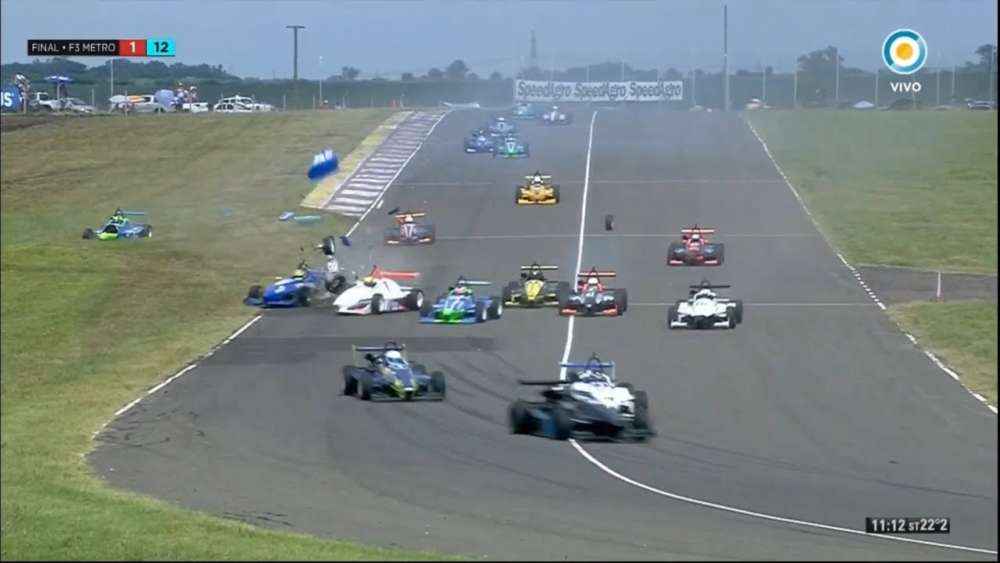Mercedes-Benz Vision Van concept
Integrated delivery drones: High-flying delivery assistants with four propellers.
They fly autonomously, evade obstacles and deliver punctually: the Vision Van’s delivery drones. It is all based on precise interaction between drone, software and vehicle.
Two delivery drones form an integral part of the integrated Vision Van system. The delivery drones have no problem reaching remote and poorly connected delivery locations, which would require the van to take highly circuitous routes. The Vision Van provides the perfect mobile platform for the drones and enables their efficient, comprehensive operation.
Together with technology partner Matternet, a leading Silicon Valley-based developer of drone logistics systems, Mercedes-Benz Vans has developed an ideal concept for the combined operation of drone and vehicle. In the course of the joint development work, the existing drone concept was refined and tailored precisely to operation in combination with the van. The drone’s housing consists of carbon fibre and aluminium. The four propellers each measure 21.5 inches (approx. 55 cm) in diameter. Similar multirotor systems from Matternet have already proven their credentials in inaccessible regions, supplying people with medicines and other light items. The drones have a payload capacity of two kilograms and their batteries can last for round-trip flights of up to 20 km.
Air delivery by drone offers many advantages. It boosts the efficiency of delivery operations, as more consignments can be delivered at the same time. It lowers the strain on road traffic, as the number of stops and the curbside time of the delivery vehicles are reduced. It enhances the quality of delivery, as customers are able to choose a fixed delivery time window while ordering. Cutting-edge drone technology and complex software systems enable an intelligent integration of the drones into the vehicle.
Staying in approved airspace at all times
An important step in the supply chain takes place at the distribution centre, when the dimensions, weights, delivery addresses and delivery times of the packages are automatically recorded by the system. On the basis of these data, intelligent control software calculates the route planning for the vehicle and the assignment of the packages to the racks. The system then defines the launch and landing points for the drones, schedules the stops for the vehicle accordingly and plans the respective flight routes on the basis of up-to-the-minute map data. In addition to the landscape topography, the system also takes count of infrastructure, no-fly zones and other restrictions. In this way it ensures that the drones are always in safe and approved airspace during their autonomous flights.
Complex interactions between drone, vehicle and IT-supported back-end processes take place during take-off and landing of the drones. During the journey to the delivery address, vehicle and drone form a single physical entity. A robust holding device enters into the landing frame and fixes the drone securely in place on the roof of the vehicle. The cloud-based air route planning tool identifies and continuously monitors the vehicle’s position via GPS. The loaded drone takes off autonomously as soon as the vehicle has reached the pre-defined, safe launch point and has come to a standstill. Launching and landing always take place at stops for manual delivery
which are advantageous for the flying and driving route.
Fully-charged battery for each flight
The automatic cargo space management system prepares for the launch of the drones while the vehicle is en route to the launching point. The rack feeder moves the load carrier with the drone box for the impending flight into position under the anchored drone. The battery for the drone is located on the box. A lifting arm transports the load carrier into position directly under the vehicle’s roof. The hatch above which the drone is located opens automatically. A lifting arm slides the package and battery into the opening provided in the drone. The drone moves package box and battery into the precise, separate final position by means of a gripping mechanism and locks them in place. At the launching point the holding device which connects the quadcopter to the vehicle is released. The drone is ready to take off.
Matternet’s system calculates a flight route free of obstacles by reference to detailed maps. The drone lands solely on stations designed specifically for this purpose – either on the Vision Van or on special landing stations belonging to the customers. The drone is guided via GPS into position 17 m directly over the landing station. During the landing process the landing station emits an infrared guide beam which maintains the drone in position during its descent until its landing is completed. The drone deposits the package box in the landing station. The battery remains in the drone. The drone then returns to the vehicle, where it lands and deposits the discharge battery in the load carrier. The next drone box contains a fresh battery for the next delivery flight.
Intelligent cargo space: More efficient, faster, fully automatic: the cargo space management system
“A perfect combination of emotion and intelligence”
Gorden Wagener, Head of Design at Daimler AG, on the design of the Vision Van.
Mr Wagener, you and your team have developed the Vision Van’s design. How would you describe it in your own words?
The Vision Van is a combination of emotion and intelligence. The design underscores its function as a platform for a fully interconnected logistics concept and renders this concept tangible for the driver. The fascination of the design arises from the way in which we have stripped down highly complex technology to its fundamentals, thereby making it extremely user-friendly while always adhering to our high standards in terms of aesthetics and attractive appearance. In short, the Vision Van’s design is hot and cool. As such, it embodies the essential elements of our design philosophy of sensual purity.
Where are these contrasting poles of the vehicle particularly evident?
On the one hand, we have created highly sensual surfaces and perfect proportions which make the Vision Van a very emotional and aesthetic vehicle. On the other hand, we have designed very clear and minimalist forms which lend the entire body of the vehicle a seamless appearance. This underscores the wealth of technical features and, in turn, the vehicle’s intelligence. This dichotomy informs our design philosophy and invests all of our vehicles with an alluring progressivity.
What are the highlights of the Vision Van from the designers’ point of view?
A surprising highlight is the new interpretation of our brand’s signature radiator grille. We transport it into the digital world: the typical diamond grille becomes a communication tool. Its displays convey the vehicle’s intelligence in an impressive manner. The LED matrix in the Black Panel grille at the front alone incorporates 2000 by 500 LEDs. The Vision Van communicates with its surroundings, signalling when the vehicle is stopping or turning or when drones are taking off, for example. In this way, oncoming traffic can also be warned when pedestrians or cyclists are crossing the road behind the vehicle.
The futuristic windscreen is another design highlight. This is evocative of a high-tech visor or virtual reality glasses.
A further special feature is the design of the reversing camera. On functional grounds and above all for aesthetic reasons, we avoided classic rearview mirrors, as these would have spoiled the clear, minimalist appearance in the front area.
In addition to these innovative exterior design features, the Vision Van’s unusually designed interior also presents a vision of the future.
The interior design is extremely futuristic in character and without parallel for a van. How would you describe the design approach here?
The interior of the Vision Van also represents our design philosophy of sensual purity.
It strips down highly complex technology to the bare essentials and embodies a seamless transition from interior design to user experience. The deliberate omission of a steering wheel, pedals and centre console provided us with an unusually broad scope for design purposes. This enabled us to design a sculptural dashboard that spans the entire front of the cab like an arc, creating a wrap-around effect. It is covered in a premium textile that melds the digital world and the interior. When the vehicle is in stand-by mode, the dashboard’s appearance is reduced to a blue surface with a black colour gradient. When the van is in operation, the information of relevance to the driver is displayed on the surface of the fabric covering.
Communication between vehicle and driver also features prominently at many other points in the cockpit. Information lights up on the floor, for example, to facilitate work on board and enhance safety for the driver when delivering packages.
Which design features from the Vision Van will we see in future series production vehicles?
We will certainly be adhering to the extremely minimalist design idiom, as this is a key aspect of our design philosophy and in our eyes represents a vital success factor.
Vehicles and their handling are becoming ever more complex in the face of increasing digitalisation. Aspects such as user experience design will thus occupy an ever more central role. It will become ever more important for the diverse design disciplines to work together seamlessly and for us to pursue a holistic approach. As designers, we see it as our responsibility to simplify the appearance of innovative technologies and to design them in such a way that they become tangible and intuitive to use. At the same time, aesthetic and emotional aspects must also receive due consideration.
An electrically powered, automated and fully interconnected van from Mercedes-Benz Vans revolutionises last-mile delivery services
- Van as an integrated concept in a completely digitally connected supply chain on the last mile of the delivery process
- Fully automated cargo space, integrated delivery drones, unique communication between vehicle and its surroundings
- Local emission-free and virtually silent delivery
- Intelligence of a cutting-edge logistics centre integrated in a van
- Integrated concept opens up new options for same-day and time-definite parcel delivery
- Spectacular design provides an idea of future generations of vans
- Efficiency gains in delivery operations of up to 50 percent
The Vision Van from Mercedes-Benz Vans is a revolutionary van study for the urban environment. As an integrated system, the vehicle merges a number of innovative technologies for last-mile delivery operations and thus sets the standard of performance requirements and solutions for future generations of vans.
The Vision Van boasts an unprecedented level of connectivity of information and technologies. It is the first van worldwide to serve as an integrated concept for a completely digitally connected process chain, from the goods distribution depot to the consignee.
The Vision Van features a fully automated cargo space, integrated drones for autonomous air deliveries and a state-of-the-art joystick control. Powered by a 75 kW electric drive system with a range of up to 270 km, deliveries with the Vision Van are locally emission-free. The electric drive system additionally guarantees that it will remain possible to operate the Vision Van in inner-city zones where the introduction of bans on vehicles with internal combustion engines is planned. The virtually silent electric drive system facilitates late deliveries in residential areas for the purposes of same-day delivery.
“With the Vision Van we are presenting the intelligent, clean and fully interconnected van of the future”, says Volker Mornhinweg, Head of Mercedes-Benz Vans. “The Vision Van integrates many concrete concepts for future delivery operations in the urban environment, such as a fully automatic cargo space, autonomously flying delivery drones and innovative communication features.”
Cloud-based control software meets optimum cargo hardware
The Vision Van merges numerous innovative technologies and serves as the central, intelligent element in a fully connected delivery chain. Innovative algorithms control order picking, the loading of packages, the fully automated cargo space management, route planning for the vehicle and the delivery drones. They also calculate ideal delivery routes for the package deliverer. Automatic order picking takes place at the logistics centre, for example, and consignments are loaded into special racking systems. Driverless handling vehicles load the racks by way of an automated one-shot loading process. The intelligent cargo space management system automatically transfers packages for manual delivery to the deliverer at the delivery destination by means of a package dispenser on board the vehicle. At the same time, the system supplies two drones, each with a payload capacity of two kilogrammes, with consignments for autonomous delivery within a radius of 10 km.
The combination of a cloud-based control software and optimum hardware yields substantial time and efficiency benefits and raises the quality of delivery services in the urban environment to a new level.
The delivery time per package and the vehicle’s curbside time are markedly reduced, for example. The vehicle also opens up new options for same-day and time-definite delivery. In addition, the Vision Van offers the highest degree of flexibility for the end customer. This means that the delivery date can be postponed at short notice should the customer’s daily schedule change. Convenience for the end customer is thus enhanced, and failed delivery attempts will become an exception. One-shot loading, the automation technology in the cargo space and integration of the delivery drones all contribute to the described increases in efficiency. The technology also virtually rules out any false deliveries.
“With the Vision Van we are integrating the intelligence of a state-of-the-art logistics depot into a van”, Volker Mornhinweg points out. “We estimate that this vehicle would enable an increase in productivity of up to 50 percent in last-mile delivery services.”
Vehicle communicates with the driver and its surroundings
The futuristic design by Mercedes-Benz Vans provides a foretaste of future generations of vans. It fuses the vehicle’s intelligence, efficiency and connectivity in an unprecedented manner. The front design alone is enough to transport the beholder into the future. The face is defined by the extremely wide windscreen, which curves around to the sidewalls like a high-tech visor, the Black Panel radiator grille with integrated LED matrix via which the Vision Van communicates with its surroundings and the progressively designed LED headlamps. The sharp contours of these elements contrast with the vehicle’s smooth surfaces, engaging in a fascinating dialogue between passion/emotion and technology/functionality. The vehicle communicates with its surroundings via LED displays on the front and rear. Warnings appear when the delivery drones take off, when the vehicle stops or when the deliverer alights. If the van remains parked for an extended period of time, the Vision Van calls for subsequent traffic to be overtaken. Oncoming vehicles are warned by a notification the front display when pedestrians or cyclists cross the road behind the Vision Van.
Being pared down to a maximum level of functionality the interior design comes in a highly futuristic guise. The designers have done without a steering wheel, pedals and centre console in favour of drive-by-wire control by means of a joystick, thereby creating new design options. This results in a unique interior centring on intelligent communication between driver and vehicle.
The dashboard in the shape of a broadly sweeping arc is covered with a premium textile and extends across the entire front end. The entire surface of the arc is used to provide the driver with all the information he needs for his work. When the Vision Van is in stand-by mode, the arc appears as a continuous blue surface with a black colour gradient. When the vehicle is in operation, the arc lights up and shows a tachometer, route planning information and drone flight data, for example.
The vehicle also communicates with the driver via the cabin floor. By way of a special effect LED indicators shine in the stainless steel floor, signalling to the driver whether pedestrians or cyclists are approaching, for example. At the rear wall of the driver’s cabin are the package dispenser and the driver’s info terminal providing all the relevant information on the delivery process. This terminal serves as a means of communication between the Vision Van’s autonomously functioning system environment and the driver, who is able to concentrate fully on the manual delivery task at hand. It performs the role of a central control unit to interlink the intelligent vehicle, the automated systems and the information relating to the delivery orders to be carried out. On the way from the vehicle to the delivery address, the driver receives additional important information about the pending delivery and the status of the drones via a smart watch.
At the same time, the interior concept also facilitates the driver’s work procedures. The omission of a steering wheel, pedals and centre console provides for freedom of movement in the driver’s cabin and ensures unimpeded entry into and exiting from the vehicle. The electric drive system does away with the need for a drive line, making it possible to provide the driver’s cab with a level floor. The on-board package dispenser spares the driver the time-consuming and strength-sapping task of searching for and resorting consignments in the cargo space. The driver is able to take receipt of packages at the dispenser in an ergonomically ideal position.
The daily routine in the delivery sector of the future: Driving, flying, thinking: working with the Vision Van
Online retail has been growing relentlessly for many years now, driving corresponding growth in business for courier, express and parcel service providers. This trend poses major challenges for the sector. With the Vision Van, a fully interconnected, highly automated van with integrated delivery drones, Mercedes-Benz Vans demonstrates ground-breaking solutions for last-mile urban delivery operations. A peak into the daily routine of a fictitious package deliverer of the future.
Peter Smith used to have to work an hour-and-a-half before leaving the distribution depot in his parcel van. He manhandled boxes from the conveyor belt and stowed them in the racks on board his delivery van. In the future, all this will be carried out for him by a fully automatic system. It scans the packages, sorts them and carries out order picking, assigning them to special racks. A driverless handling vehicle then loads the racks into the intelligent van. Peter Smith can start his tour in a relaxed state of mind. At the start of his shift, he simply enters his Vision Van via the automatic sliding door on the right-hand side and steers the vehicle by joystick from the grounds of the distribution centre. The electric drive system ensures that the Vision Van runs virtually silently along the road and free of local emissions. Integrated delivery drones are positioned on launching and landing platforms on the roof.
One-shot loading requires a fully automated distribution centre. Robots package products after they have been delivered by dealers and forwarding agents, and assign the packages on conveyor belts. Thomas Moser, Vision Van Project Director at Mercedes-Benz Vans, is convinced that such scenarios will all be part of everyday routines in the logistics sector of the future: “Many courier, express and parcel service providers and online retailers are pursuing investment and research efforts with the aim to make logistics processes faster, simpler and more efficient. Automation technology which supports people in their work already plays a key role here today, and will continue to gain in importance.”
This investment and the automation trend are being driven by the boom in online retail and the attendant growth in the delivery sector. Experts estimate that global turnover for e-commerce will increase almost two-fold in 2018 in comparison to 2015. Efficiency, speed and flexibility are becoming ever more important in order to cope with this rapid growth and new delivery modes and services such as same-day or time-definite delivery. With the holistic system of the Vision Van Mercedes-Benz Vans shows how intelligent vans with integrated delivery drones can revolutionise parcel deliveries and serve as a platform for a fully digitally connected process chain.
Autonomous delivery equipment: effective delivery in urban environments
Peter Smith heads for the first delivery point on his route through the urban environment which the system has calculated by reference to IT-supported back-end processes. Before the racks are loaded into his van as part of the one-shot loading process, the system records the delivery addresses, weights, dimensions and the desired times or time windows for delivery. The data record also contains information as to whether the customers have a landing station for drone delivery. On the basis of these data, the back-end system calculates an ideal mix of manual and drone deliveries, plans a corresponding route and allocates the consignments fully automatically to the racking systems. The deliverer parks the Vision Van at the kerb. The LED display which is integrated in the tail lamp lights up in red, displaying a “vehicle stopping” warning for the traffic behind. Shortly thereafter, the message “Please overtake” appears. The drivers waiting behind the Vision Van are informed immediately that the van will stay in the parking lot for an extended period of time. As a result, the delivery vehicle is no longer perceived as an annoyance which hinders traffic.
The automatic cargo space management system goes into action before the Vision Van reaches its stopping position, preparing the output of packages. The consignments for manual delivery are located at pre-defined positions in the rack in load carriers. The consignments for delivery by air are contained in optimised drone transport boxes. The cloud-based system directs the fully automatic rack feeder to the rack positions at which the consignments for delivery at the first stop are located.
It picks up the relevant load carrier and transports it by means of a lifting arm to the on-board package dispenser located next to the exit door. Then it supplies the drones which are waiting on the roof.
Earlier, Peter Smith often spent many minutes searching for and resorting packages in the cramped cargo space. In the future he will get up from his seat and go to the package dispenser at the rear of the cab. The display next to the dispenser informs him about the consignment to be delivered. He takes the load carrier with the packages from the dispenser and looks at the floor of the cab. LEDs light up red in the stainless steel floor by means of a special effect, indicating that exiting the vehicle is dangerous at the moment. A cyclist speeds past and the red LEDs go off. The door slides open automatically and Peter Smith climbs out. The smartwatch on his wrist shows him the consignee’s name, address and storey. Behind him, the door of his van closes and locks in silence. As Peter Smith makes his way to the delivery address, the vehicle registers movements at its rear. Should pedestrians or cyclists cross the road behind the Vision Van, the transporter warns oncoming traffic with a special effect as to the possible source of danger.
Shortly after Peter leaves the vehicle, the display at the rear of the Vision Van changes: “drone taking off”. The rotors of the drones on the roof of the Vision Van start turning, the quadcopters rise vertically into the air and fly autonomously along a pre-calculated route to the programmed delivery address. The system automatically includes no-fly zones in its route planning. At the destination, the drones deposit their deliveries in landing stations located directly at the consignees’ homes.
The automatic cargo space management system and the automatic transfer of packages substantially reduce curbside time, that is, downtime at the curb, as the driver no longer has to search for or resort packages in the vehicle. This is a considerable relief, particularly in urban traffic, in which delivery vehicles often have to double-park. Integration of the drones reduces the number of stops, as well as substantially reducing the delivery time per package across the overall process.
Relieving the workload with the Vision Van
Peter Smith delivers the package to the customer and returns to the Vision Van. When he arrives at the vehicle, the side door opens automatically. The LEDs in the floor light up green and signal to the user that there are no further deliveries at this unloading point and he can continue his tour. Two steps through the cab, then he slides into his seat. No gear lever, no steering wheel, no pedals to squeeze past. Instead, a drive-by-wire control system integrates all steering and driving functions electrically. This system is integrated in the left side of the cab, to facilitate access to the driver’s seat. Peter Smith pulls the joystick back with his left hand and sets the Vision Van in motion. In a few minutes he will reach the second unloading point. Here the drones will return to the vehicle in accordance with the route and flight planning and pick up new consignments.
The Vision Van takes the strain out of the package deliverer’s work. The irksome and time-consuming tasks of searching for and restoring packages in the cargo space no longer need to be performed, for example. Presently, package deliverers spend around 80 percent of their working hours getting packages from the vehicle to the consignees – searching for the consignment in the vehicle, taking it to the consignee’s home address, waiting to be let into the apartment building, taking the consignment to the appropriate floor and handing it over. In many cases, the driver has to return to the vehicle with the package and try again later, because the consignee is not at home. The options of time-definite delivery and drone delivery made possible by the Vision Van reduce the number of failed delivery attempts significantly. The automated system also virtually rules out errors in the delivery process. The end customer benefits from outstanding services, as he can choose a fixed time for delivery in the course of online shopping. The end customer can even alter the chosen time or the time window at short notice via a customer app if his plans change.
The Vision Van harbours vast potential for improved productivity by virtue of one-shot loading, intelligent cargo space management, the integrated delivery drones and its unique connectivity concept. The number of deliveries per day could be increased many times over.
“The Vision Van takes efficiency and profitability in delivery operations to a new level”, concludes Thomas Moser. “Vans from Mercedes-Benz will evolve into a platform for intelligent, digitally connected logistics concepts. That’s what we aimed to show with the Vision Van.”
The electric drive system: Locally emission-free, virtually silent, full access to inner-city zones
As a van of the future, the Vision Van specifically addresses future-related aspects, in particular efficiency, sustainability and economic viability. As such, the van is optimised for urban delivery operations and equipped with a cutting-edge drive system, representing the current state-of-the-art in electric mobility and boasting an unprecedented degree of flexibility.
A modular battery system enables the range of the electric drive system, for example, to be optimally adapted to the given type of application. It can be extended from 80 km up to a maximum of 270 km. This provides for an ideal balance between weight and range. Vehicles of courier, express and parcel service providers cover about 40 km per shift, thus a range of 80 km is an ideal solution for this type of use.
The drive system delivers a permanent output of 75 kW (up to 150 kW is available for brief 60 second bursts) and up to 270 Nm of torque. This high torque provides the Vision Van’s drive system with spontaneous response, resulting in highly agile handling from a standing start. The theoretical top speed stands at 120 km/h. However, it has been electronically limited to 80 km/h, which is adequate for operation as a delivery vehicle in urban and suburban environments. The Vision Van features all standard charging options: inductive charging and cable-based AC and DC charging. The vehicle’s kinetic energy is additionally used to charge the battery during braking.
Optimised vehicle architecture
In contrast to a conventional combustion engine, the electric drive system enables an optimised vehicle architecture with a level cargo space floor and a shortened front. As a transmission tunnel and propeller shaft tunnel are no longer required, the designers were able to provide the vehicle with a level floor in the cab. This increases the freedom of movement and makes the driver’s work easier. The driver’s workplace, including the rear wall, has also been moved further forward. This benefits the loading area. The electric drive system also benefits the vehicle’s exterior design: the reduced cooling requirements of the drivetrain made it possible to minimise the radiator surface area. This facilitated integration of the Black Panel radiator grille with the LED matrix, via which the Vision Van communicates with its surroundings.
Reduced operating costs and long-term operation prospects
These attributes give rise to many benefits for customers. The electric drive system enhances the van’s efficiency and sustainability as a whole, and operating costs are also lowered as a result of the higher coefficient of performance and reduced maintenance requirements. In the long-term, it also ensures a broad scope of application: the Vision Van will continue to be deployable in inner-city areas where the introduction of bans on vehicles with internal combustion engines is planned. The virtually silent electric drive system means that packages can also be delivered late in the evening. This facilitates new delivery options, such as same-day delivery.
On account of their efficiency, electric drive systems have represented an interesting proposition for vans for some time. However, they have not been economically viable until now due to the comparatively high TCO (Total Cost of Ownership) involved, caused by the battery costs in particular. This situation is changing, though. The electric drive system is making up ground fast in comparison to conventional technologies: battery technology is making great strides and offers a sustainable alternative to the combustion engine – particularly in the urban and suburban environment – in times when emissions are a sensitive issue and traffic is on the increase. In this context, too, the Vision Van benefits from innovative and forward-looking technology.
